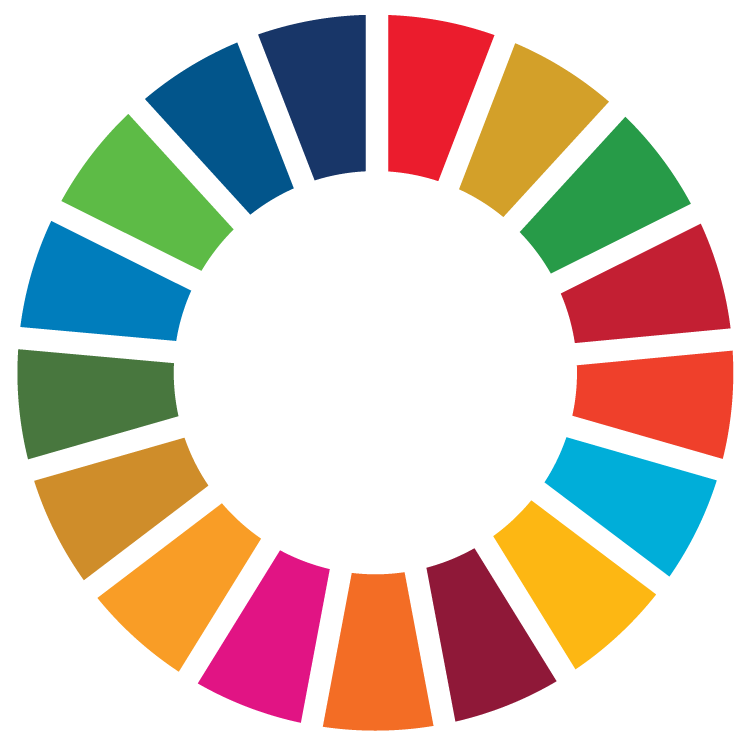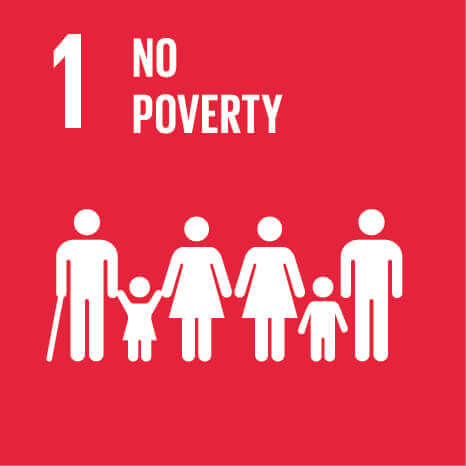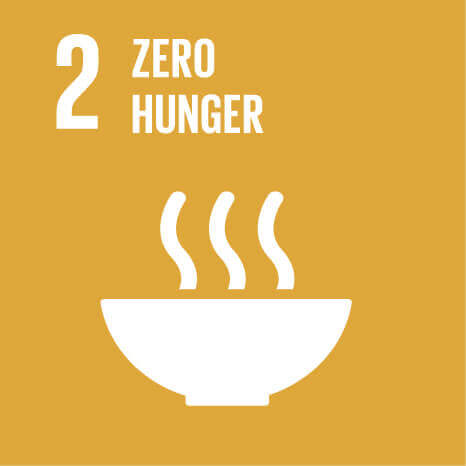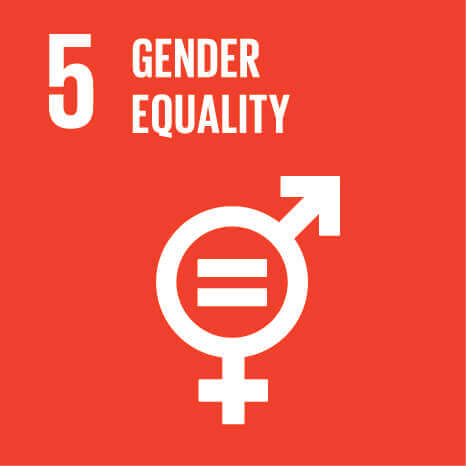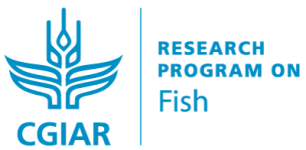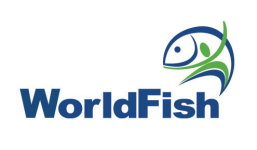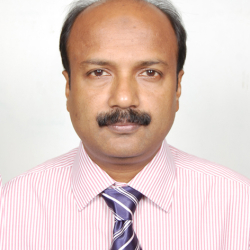Nutrition-sensitive polyculture intervention is providing livelihood opportunities and nutrition gains for over 107,290 people in North-Eastern Bangladesh
Published on: May 1, 2021, Submitted by Cristiano Rossignoli on: April 30, 2021, Reporting year: 2020
More than 109,153 people have received support on nutrition sensitive aquaculture and fisheries under "Suchana: Ending the Cycle of Under nutrition in Bangladesh" project in 2020. Improved aquaculture and nutrition practices have contributed towards increased fish consumption for 107,290 individuals of which more than 40% within the reproductive age and children 6-23 months group, and 38% in the adolescent group.
A woman with fish catch, Bangladesh
WorldFish is promoting nutrition-sensitive fish and vegetable production systems for beneficiary households in north-east Bangladesh as part of the ‘Suchana’ consortium led by Save the Children and other consortium partners; Helen Keller International (HKI), International Development Enterprise (IDE), International Centre for Diarrhoeal Disease Research, Bangladesh (ICDDRB), Center for Natural Resource Studies (CNRS), Friends in Village Development Bangladesh (FIVDB) and Rangpur Dinajpur Rural Service (RDRS).
Suchana programme aspires to reduce undernutrition leading to stunting in children under two years of age (U2) living within 235,500 very poor households with women of reproductive age (15 – 45 years) in the Sylhet and Moulvibazar districts. This group includes adolescent girls 15-19 years old. The Suchana activities expect to increase production, consumption and income of nutritious food, especially fish and vegetables, and enhance the dietary diversity and nutritional status of women, adolescent girls and young children. Interventions include the promotion of both farm- and off-farm income generating activities (IGA) and homestead production of nutritious food (HFP). This is supported by building awareness regarding improved technologies and best practices withdrawing from FISH research.
Encouraging progress has made towards the Suchana objectives, and entire activities of WorldFish-related components targeted up to December 2020 have been achieved successfully. Beneficiary households have received support on nutrition-sensitive fish production, vegetable production and behavioural change messaging on nutrition. This has included technical training, coaching, inputs (lime, fish fingerlings and fish feed for fish culture; seeds, seedlings, cuttings and saplings for vegetables), and linkages with relevant local market actors and service providers from both public and private sectors. Capacity building training, orientation, meetings and events for the private and public sectors like fish hatcheries, nursery operators, patilwalas/ fingerling retailers, and officials of DoF and DAE have also been implemented. The engagement of women in aquaculture activities has also increased the access of women to the market and their decision-making power in household financial matters.
Suchana is positively progressing towards reaching its goals of improving household nutrition and income through increased production and consumption of communal and home-produced nutritious food, such as fish. 19,507 households have adopted improved polyculture practices contributing to 107,290 people to exit poverty.
The program intervention increased both fish and vegetable production significantly. Of these, 813 MT of fish are produced through fish polyculture. Based on the findings from fourth Semi-Annual Survey led by iDE, average fish production per HFP-Aquaculture BHHs of Phase 3 unions have increased in 36.7 Kg/BHH in 2020, and that was 27.1 Kg/BHH before Suchana interventions in 2019. In addition, more than 62% of the harvest was used for the consumption at household levels, while almost one-third (10.1 Kg/BHH) of the harvested fish was sold at the market. The average earning was also increased in 1,528 BDT per BHH.
Suchana's activities have improved dietary diversity to beneficiary households, including women of reproductive age from very poor families. In particular, 107,290 people are consuming more fish, thanks to fish polyculture. This is also considerable refraction on enhancing the dietary diversity of women of reproductive age and young children especially 6 to 23 months of age.
Stage of Maturity and Sphere of influence
-
Stage of Maturity: Stage 2
-
Contributions in sphere of influence:
1.3.1 - Diversified enterprise opportunities
2.1.1 - Increased availability of diverse nutrient-rich foods
Acknowledgement
This work was undertaken as part of the CGIAR Research Program on Fish Agri-Food Systems (FISH) led by WorldFish. The program is supported by contributors to the CGIAR Trust Fund. Funding support for this work was provided by the European Union and the United Kindom Department for International Development trhough Save the Children partnership under the Suchana: ending the cycle of undernutrition in Bangladesh project.
For more infomation, please contact MD. Abdul Baten at M.Baten@cgiar.org.

